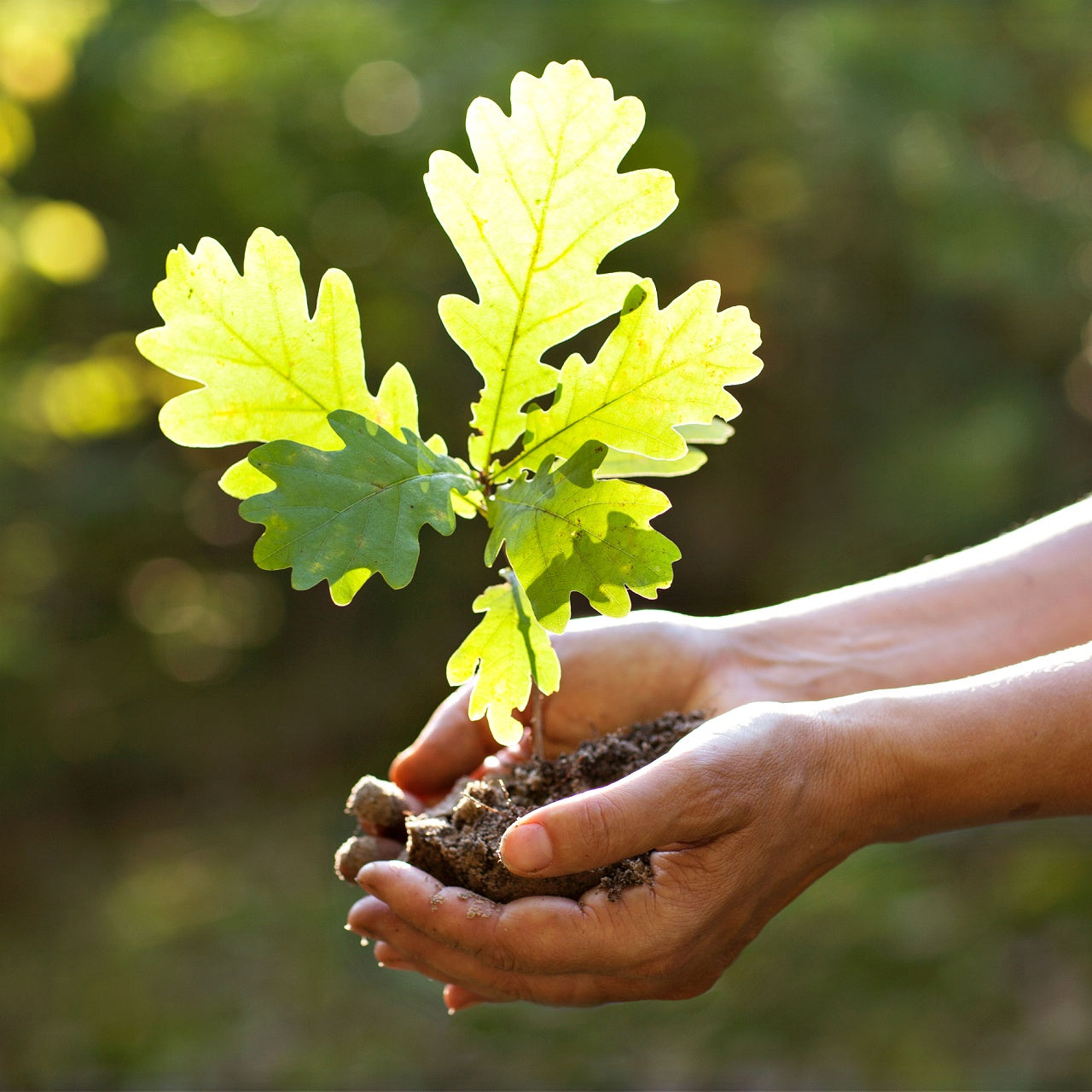



Removes & Absorbs Toxins
Improves Air Quality
Low maintenance & easy to grow
Buy Black Oak Seedlings Online Wholesale
Black Oak Seedlings Plant Description: Quercus Kelloggii is part of the Red Oak family. It will grow in all slope and aspect positions but prefers large yards and fields with ample sunlight.
Wildlife Loves Black Oak Seedlings
The nuts or acorns produced are favorites of birds, small rodents, turkeys, deer, insects, squirrels, and sometimes people. Cavities in the tree are preferred homes for tree squirrels, woodpeckers, owls, and even American black bears. The tree also provides timber and shelter.
These Seedlings Are Used As Dyes
The inner bark layers are yellow and orange and are sometimes used to make dyes. Quercus kelloggii is a popular choice for landscaping projects by government agencies and commercial entities.
Hardy Planting Zone- U.S.D.A. Zone 3 through 9
The Foliage Of These Seedlings Are Firey Red In Spring
The leaves bud in April and turn dark brown, orange, and red before dropping off the tree in the fall. The nuts mature from October to early November. Nut production begins after about 20 years and continues up to approximately 75 years of age.
Bloom Color: The leaves are shiny deep green on the upper surface and yellowish-brown on the lower. The tree produces light green acorns that turn brown after about two years of maturation. The bark darkens over time.
Height at Maturity: The tree seedlings can reach 82 to 118 feet, depending on the climate. It could grow faster by 18-22 inches per year.
These Seedlings Thrives In Acidic Soil
These Seedlings trunks are usually bare of branches up to 39 feet. Some species can live as long as 500 years. Soil Type Preferred: Well-drained and acidic soil that can thrive in clay or sandy soil. It will tolerate dry, poor soil. Sun or Shade: It prefers direct sunlight over shade for optimum growth.
These Seedlings are perfect for reforestation projects. Their scientific name is Quercus velutina, sometimes called black oak quercus. They are native to the eastern United States and are common throughout their native range in North America. These trees need well-drained soils to thrive. They mature to produce valuable black oak acorns, which are a crucial food source for wildlife. The Black Oak Seedlings provide excellent long-term habitat.

This Is How Your Plants Will Look upon Delivery
Bloom Season
Bloom/Foliage Color
Green
Shipping date depends on the date displayed and chosen when you order from the product's page.
We do not offer warranties on products after 5 days past receiving your plants.
By signing up, you agree with our privacy policy.






